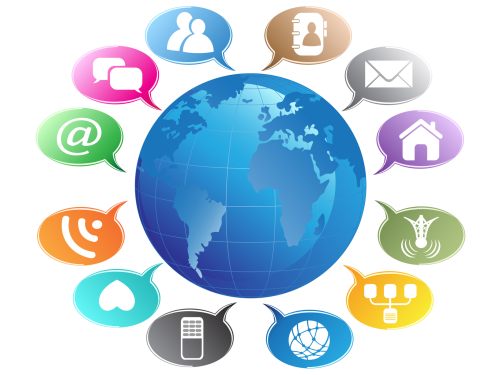 Before the rise of social media, email marketing was the only way to reach people who had shown enough of an interest in a business to visit the website but weren’t yet interested enough to make a purchase. Persuade those people to leave behind an email address and the company could return to them with a special offer or news of a product release and pull them back through the door.
Before the rise of social media, email marketing was the only way to reach people who had shown enough of an interest in a business to visit the website but weren’t yet interested enough to make a purchase. Persuade those people to leave behind an email address and the company could return to them with a special offer or news of a product release and pull them back through the door.
Since social media?
Well, all of those things are still true.
Social media’s strength is that it allows marketers to access prospects all the time. It lets them respond to their comments and posts, entering into the kind of dialogue that email marketing just can’t replicate. Lists (on Twitter and Facebook) and Circles (on Google+) let them target their messages, and social media has a much greater potential to send a brand viral than email marketing.
But those messages are often overlooked. While an email sits in an inbox until it’s opened, a tweet quickly disappears down a stream.
And while a Facebook page can generate lots of likes, the number of fans they collect is often smaller (and harder to convert) than the number of email addresses the company is able to collect.
A good marketing strategy for any firm then is to see email marketing and social marketing as complementary; they work together. But a better strategy is to go further and let your email marketing be influenced by your social media marketing.
The easiest way to do that is to ask fans and followers for newsletter ideas. That doesn’t just help to solve the problem of what to write this week (a problem you should be able to solve by yourself anyway); it reminds fans and followers that you have a newsletter. It tells them that you’re sending out content that they’re not getting and it makes them feel that they should be signing up to receive it.
Asking for help on social media with your newsletter can help you to grow your newsletter.
You can also talk about the content you’re putting together for that newsletter. You might not get many replies but you should get a growth in curiosity. Subscribers who see your tweet or your post will recognize your email when it arrives. Having primed them for it, they’ll be more likely to click through to see the content you were discussing.
And you can use social media’s big advantage, its potential to go viral, to grow your list too. Write a post that gets retweeted, put up a link that gets shared, and people will click through to your website. Make sure that the landing page contains a good reason for people to leave their email address and you can transfer the benefits of a quick viral burst to the solid platform of an email subscriber list.
It’s not enough then to run a social media campaign and an email marketing campaign. You want to bring them together so that your tweets and posts boost your views and clicks.